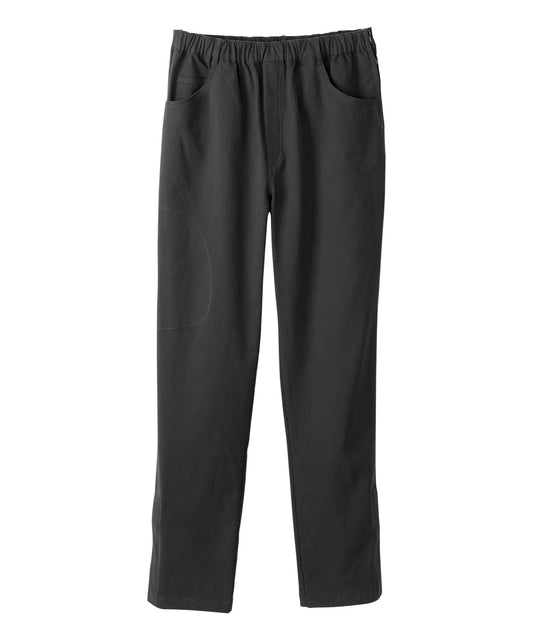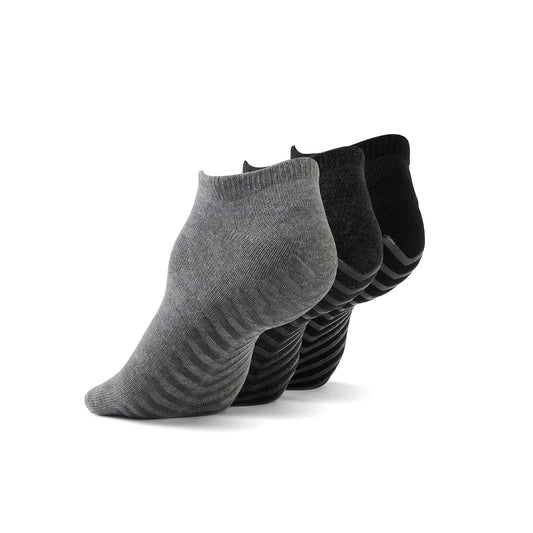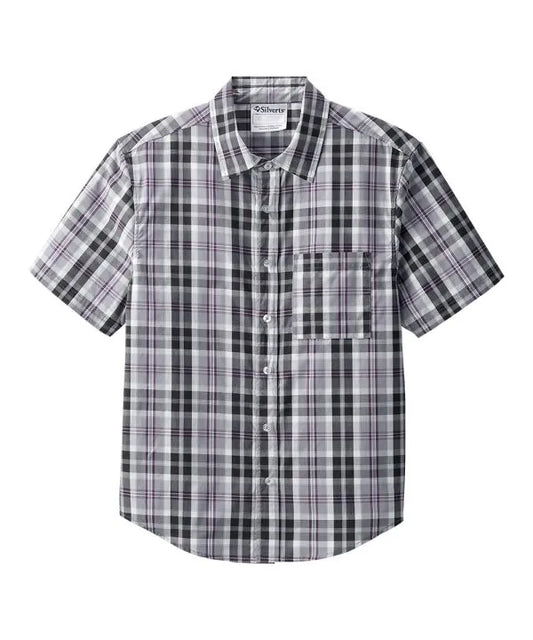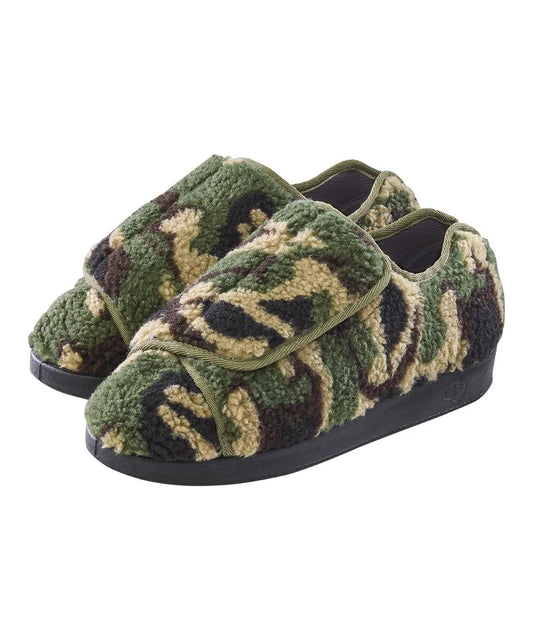Author: Zarif Ahmed
Edited by: Stanley Cao
Layering isn’t just a fashion choice—it’s a survival strategy, especially for people with disabilities, chronic illness, or mobility issues. Whether you’re braving the cold or preparing for air-conditioned interiors in summer, the ability to add or remove clothing with ease is crucial. But traditional layering options often fall short: stiff fabrics, hard-to-reach closures, and bulky silhouettes make comfort and independence harder to achieve.
That’s where adaptive layering steps in. At June Adaptive, layering is reimagined to support people’s needs—without sacrificing style or comfort. This guide breaks down the smartest ways to layer using adaptive clothing for all-day, all-season wear.
Why Layering Works So Well with Adaptive Clothing
Layering is more than a seasonal hack—it’s a strategic approach to managing temperature, comfort, and personal autonomy. For individuals with mobility challenges or fatigue, the act of getting dressed can’t be long or complicated. Adaptive clothing is designed to simplify dressing routines, and layering enhances that efficiency.
Instead of wearing one heavy jacket that’s difficult to manage, wearing lighter, adaptable layers gives more control. You can take off a hoodie, vest, or outer layer depending on your environment—without needing a full outfit change or assistance. For people who move between indoors and outdoors frequently, this flexibility is key.
It’s not just about comfort—it’s about staying in control of your day. Adaptive layers help reduce overheating, support body temperature regulation, and make it easy to adjust without disrupting the wearer’s sense of independence.
Consider Linda, a stroke survivor from Calgary who spends her day going from indoor rehab sessions to outdoor therapy walks. She shared, "Before I learned to layer properly, I’d either be sweating or freezing. Now, I wear a breathable base layer and a lightweight vest, and I can add or remove a jacket as needed. It’s made a huge difference in how much energy I have left by the end of the day."
Family and Caregiver Tips: Supporting Dignity Through Layering
Layering not only supports the individual wearing adaptive clothing but also significantly helps caregivers and family members involved in daily routines. One key advantage of layering is that it simplifies partial clothing changes. Instead of needing to remove an entire outfit, caregivers can help adjust just one layer—saving time and reducing physical strain.
Patricia, a personal support worker in Ontario, said, “With traditional clothing, every dressing routine was a tug-of-war. But adaptive layers—especially jackets and mid-layers with magnetic closures—mean my clients feel less like patients and more like people.”
Caregivers often face the challenge of maintaining warmth for loved ones without causing overheating. Layering lets them adapt outfits throughout the day, especially when transitioning from indoor to outdoor settings. It’s not just practical—it reinforces the person’s dignity by allowing dressing to feel more personal and less clinical.
When shopping for loved ones, choose items with flat seams, easy closures, and flexible fits. And keep a few extra accessories—like shawls or scarves—on hand for quick adjustments. Small changes can make a big difference.
Start Smart: A Base Layer That Feels Like a Second Skin
Your first layer sets the tone. A base layer should be soft, breathable, and easy to put on, especially for people with skin sensitivities or limited dexterity.
Look for tagless options with flat seams and natural materials like bamboo or cotton blends. These minimize irritation and allow for easy temperature regulation. They’re especially helpful for people who may overheat or have poor circulation.
Tip: Opt for short-sleeve base layers in the summer, and long-sleeve thermals in colder months. Choose pull-on styles that don’t require fine motor skills.
Take John, a retiree with arthritis in his hands. For him, even pulling on a shirt used to feel like a workout. But with a bamboo-blend base layer from June Adaptive, mornings became simpler. “It’s soft, it’s light, and I don’t have to wrestle with it,” he said. “It just glides on.”
Mid-Layer Magic: Add Warmth Without the Bulk
Mid-layers do the heavy lifting in colder weather—but the wrong one can feel more like armour than comfort. This is where adaptive vests, cardigans, and zip-up sweaters shine.
One standout is the Women’s Reversible Front Vest with Magnetic Closure. With its stylish silhouette and easy magnetic front closure, it’s an ideal layering piece that transitions beautifully between indoor and outdoor settings. Plus, the reversible design gives wearers two looks in one.

For men, a versatile mid-layer is the Men’s Magnetic Zipper Hoodie. Made with soft, breathable fabric and designed for easy-on, easy-off dressing, this hoodie provides the perfect balance of function and casual style.
Carmen, a caregiver for her father with Parkinson’s, said, “It’s not just the ease of putting it on. He actually wants to wear it because it looks like what everyone else his age wears. That’s a big deal.”
Layering Starter Kit: Outfit Ideas That Work
If you’re just beginning to build a functional and stylish adaptive wardrobe, start with these versatile pieces that support comfort, ease of use, and layering flexibility:
-
Base Layer: Try a lightweight, breathable t-shirt or thermal base layer. Opt for pieces made of bamboo or cotton that reduce irritation and wick away moisture.
-
Mid Layer (Women): The Women’s Cozy Plush Shawl is ideal for gentle warmth indoors. It’s a flexible layer that drapes easily and looks elegant without restricting movement.

-
Mid Layer (Men): The Men’s Magnetic Zipper Hoodie adds casual warmth and modern style while supporting one-handed dressing.

-
Outer Layer: Add a winter-ready jacket like June Adaptive’s magnetic zip coats. These are perfect for harsh climates, featuring insulation without overwhelming bulk.
-
Accessory: Finish the look with the Scarf with Hood and Pockets. It’s a hat, scarf, and hand warmer in one—ideal for those who want to keep warm without fussing with separate pieces.

Each of these items combines fashion with practical adaptive design. They’re thoughtfully created to let the wearer adjust to temperature changes, express personal style, and dress with ease. Whether you’re going to a therapy appointment or a winter walk, this layering kit has your comfort covered.
Outerwear That Doesn’t Get in the Way
Bulky winter coats often require the help of a second person—and even then, they can feel like a chore. Adaptive outerwear, however, is built to minimize that struggle.
Look for jackets with magnetic or Velcro closures, short backs for seated comfort, and insulation that keeps warmth in without limiting movement.
June Adaptive’s outerwear collection features coats that can be put on while seated, which is essential for wheelchair users or those who tire easily. They’re thoughtfully designed to close with one hand and reduce cold-air exposure at pressure points like the neck and lower back.
Take Michael, for example, who uses a wheelchair and shared, “I used to avoid going out in winter because I couldn’t handle the hassle of putting on my coat. Now, with my adaptive coat, I’m in and out the door by myself.”
Accessories That Actually Make Life Easier
When it comes to layering, accessories are more than an afterthought—they’re often the difference between warm and freezing. But traditional scarves and hats can be frustrating to manage.
That’s why we love the Scarf with Hood and Pockets. It triples as a scarf, hat, and place to tuck your hands, all in one easy-to-manage piece. Perfect for outings or even just staying cozy indoors.
Pair it with adaptive gloves that have magnetic closures or wide openings for those with limited hand mobility. Don’t forget anti-slip socks or thermal booties for added indoor warmth.
Even something as simple as thermal socks with grips has been a game changer for home users and those in rehab clinics. One customer noted, “Since switching to adaptive socks, I’ve stopped worrying about slipping on tile floors in the morning.”
The Layering Routine: Designed for Independence
Adaptive layering isn’t just about temperature control. It’s about giving people the tools to dress themselves confidently—without pain, frustration, or extra help.
By combining base layers, functional mid-layers, and user-friendly outerwear, you can build outfits that work for any temperature and any ability. These clothes are about choices—when to add a layer, when to shed one, and most importantly, how to do it without needing assistance.
That independence builds confidence. One customer who had undergone hip surgery shared, “I didn’t realize how much it affected me, needing help to dress. Being able to handle my own layers again made me feel like I had some control back.”
Final Thoughts
Layering with adaptive clothing changes the game. It’s more than a seasonal necessity—it’s a pathway to comfort, independence, and dignity.
Explore June Adaptive’s full layering collection and discover smart, stylish pieces that work with you, not against you. Because staying comfortable shouldn’t be complicated.















